
Experts unravel mystery of the Pokémon episode that hospitalised hundreds of kids
Pokémon’s TV series has been delighting animé lovers for more than 26 years, and yet, there’s one episode that even the most diehard of fans may well have missed. The installment, titled Dennō Senshi Porygon (which roughly translates as "Computer Warrior Porygon”) aired in Japan on December 16, 1997. And, after that single, fateful outing, it was never to grace television screens again. The reason for the ban? Reports of a strange health outbreak among children which was linked to a specific scene. The episode follows Ash Ketchum, Pikachu and their pals as they investigate a faulty Poké Ball transfer machine by getting inside it. Once there, the team come under attack, but are saved when Pikachu unleashes one of his high-octane electric outbursts – represented by a barrage of red and blue strobe lights. And that’s where the trouble began. According to scientific paranormal investigator Benjamin Radford and sociologist Robert Bartholomew, who dedicated a study to the event: "At 6:51 PM, the flashing lights of Pikachu's 'attack' appeared on television screens. “By 7:30 PM, according to Japan's Fire-Defense Agency, 618 children had been taken to hospitals complaining of various symptoms." These symptoms included convulsions, nausea and vomiting, with news of the “illness” spreading rapidly throughout the country. Inevitably, it made headlines, with several news broadcasters replaying the offending clip, “whereupon even more children fell ill and sought medical attention,” Radford and Bartholomew wrote. The following day, TV Tokyo issued an apology, suspended the show, and announced an investigation into the cause of the seizures. Meanwhile, video retailers pulled the series from their shelves, and even the then-prime minister Ryuaro Hashimoto expressed concern at the use of rays and lasers in the popular cartoon. Within two days, the number of children reported to have been affected by the flashing sequence increased to around 12,700. And yet, after four months of investigation – with input from health experts and Japanese government officials – no obvious cause could be found for the outbreak and Pokémon returned to the airwaves. Because, although the bright flashes were assumed to be the cause of the health panic, such visual techniques had been used in numerous other animé episodes before, with no reports of any problems. So what was going on here? Well, a tiny fraction of the children who reported being affected were diagnosed with photosensitive epilepsy, with experts concluding that the rapid colour changes during the scene caused them to suffer seizures. However, the bulk of “patients” reported symptoms that had no identifiable “organic” cause and were, instead, consistent with a very different type of condition… Mass hysteria. Radford and Bartholomew attribute this “epidemic hysteria”, in large part, to the mass media, which they say fuelled panic and misinformation. "Many of the children's symptoms had no identifiable organic basis; other than the verified cases of seizures, the symptoms reported were minor and short-lived; the victims were nearly exclusively school children in early adolescence; and anxiety from dramatic media reports of the first wave of illness reports was evident,” they wrote. “Media reports and publicity fuel the hysteria as news of the affliction spreads, planting the idea or concern in the community while reinforcing and validating the veracity of the illness for the initial victims,” they continued. “According to news accounts of the time, the number of children said to be affected remained around 700 the evening of the Pokémon episode and the next day. “The next morning, the episode dominated the Japanese news. Japanese children who had not heard about their peers from the news or from their parents learned of it that morning when the seizures ‘were the talk of the schoolyards’,” they continued. “Once the children had a chance to hear panicky accounts of what had happened through the mass media, their friends and their schools, the number of children reported the next day to have been initially affected – 2 days earlier – increased by 12,000.” Radford and Bartholomew ended their paper by noting that this Pokémon drama offers a warning to us all. They pointed out that our continuing reliance on mass communications, especially TV and the internet, places us at risk of more and more hysteria outbreaks. “Technological innovations are occurring at unprecedented rates and have the potential to influence significant numbers of people beyond the typical number in traditional mass hysteria episodes,” they stressed. “Epidemic hysterias that in earlier periods were self-limited by geography now have free and wide access to the globe in seconds.” Concluding on an ominous note, they added: “The Pokémon illness symptoms are without precedence, given the large numbers affected, and may be a harbinger of future technological hysterias that have the capacity to affect unprecedented numbers of people at a phenomenal speed.” Sign up for our free Indy100 weekly newsletter Have your say in our news democracy. Click the upvote icon at the top of the page to help raise this article through the indy100 rankings.
2023-10-18 17:05

Lawmakers urge White House to crackdown on Hamas use of crypto after Israel attack
By Hannah Lang A bipartisan group of lawmakers is urging the Biden administration to swiftly crack down on
2023-10-18 17:05
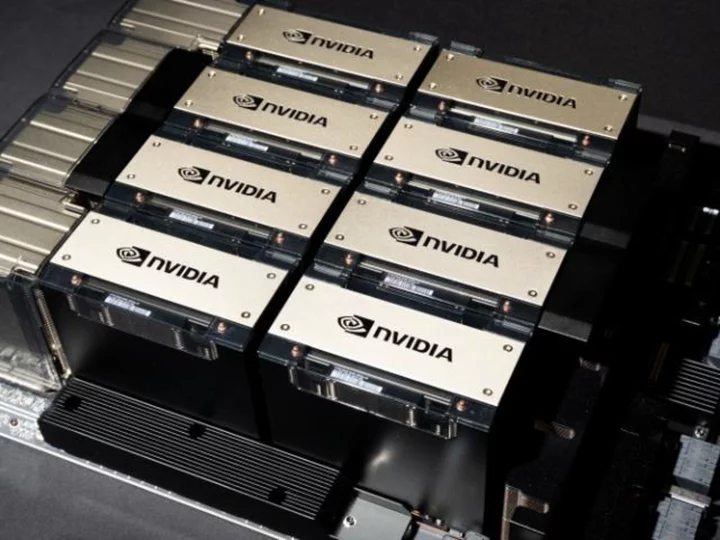
US escalates tech battle by cutting China off from AI chips
The Biden administration is reducing the types of semiconductors that American companies will be able to sell to China, citing the desire to close loopholes in existing regulations announced last year.
2023-10-18 16:49
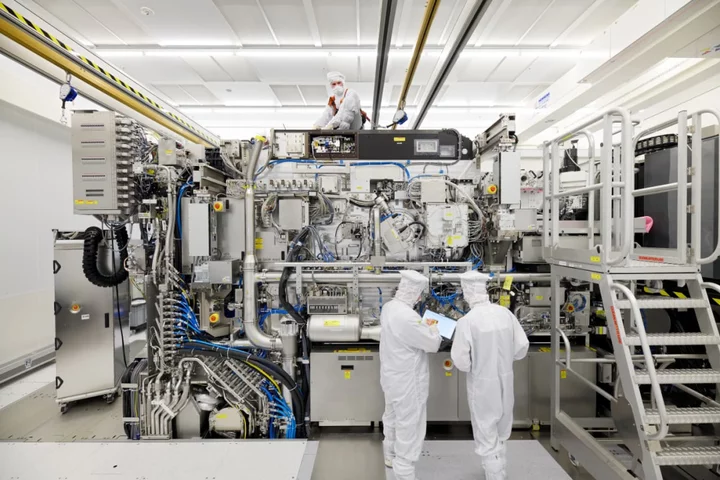
ASML Stock Drops. The Semiconductor Bellwether Warns on This Headwind.
ASML forecast flat revenue for 2024 as chip manufacturers are uncertain about the timing of the recovery in semiconductor demand.
2023-10-18 13:38
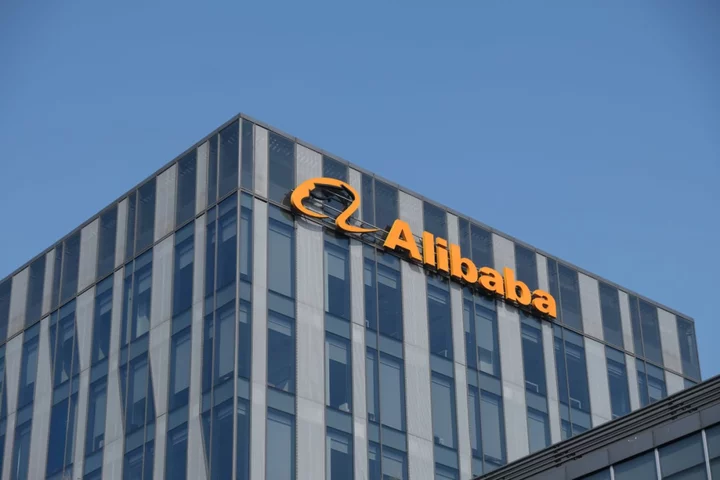
China’s Economic Growth Is Better Than Expected. Why Stocks Are Still Slipping.
There are signs the government's stimulus measures are starting to work but JD.com and Alibaba ADRs were falling in early trading.
2023-10-18 13:33

Elon Musk’s X may charge users in these two countries $1 a year to post on platform
Elon Musk’s X is planning to charge users in New Zealand and the Philippines joining via the platform’s web application $1 per year as part of its programme to reduce bot activity. The subscription is part of X’s “Not A Bot” programme, which attempts to “bolster our already significant efforts to reduce spam, manipulation of our platform and bot activity”, the company noted in a help centre post on its website on Tuesday. As part of the pilot programme, new users signing up via the website in the two countries will also be required to verify their account with a phone number, the unsigned post said. It remained unclear why the subscription programme is being rolled out only in these two countries, and exclusively for new users joining via the X website, and not the mobile app. However, Not a Bot’s terms and conditions suggested that people may also subscribe to the programme from X’s iOS and Android apps, while the main help centre post only specified web. X did not immediately respond to The Independent’s request for comment. “As of October 17th, 2023 we’ve started testing “Not A Bot”, a new subscription method for new users in two countries,” the company posted. “This will evaluate a potentially powerful measure to help us combat bots and spammers on X, while balancing platform accessibility with the small fee amount. Within this test, existing users are not affected,” it said. New users from the two countries who opt to subscribe with $1 will for the web version of the platform will be able to post content, like posts, reply, repost and quote other accounts’ posts, as well as bookmark posts, X noted. However, those who opt out of this subscription in the web application “will only be able to take ‘read only’ actions, such as: Read posts, Watch videos, and Follow accounts,” the company stated. “This new programme aims to defend against bots and spammers who attempt to manipulate the platform and disrupt the experience of other X users. We look forward to sharing more about the results soon,” it added. The latest programme is also in addition of X’s premium $8 subscription option. Commenting on a post on X about the new programme, Mr Musk called it “the only way to fight bots without blocking real users.” “Correct, read for free, but $1/year to write. This won’t stop bots completely, but it will be 1000X harder to manipulate the platform,” the multibillionaire said. X’s latest decision is in line with the Tesla titan’s aim to curb bot activity on the platform since before his takeover of then-Twitter in November last year. He has also held from the beginning that charging users would curb bot activity on the social media platform even though it has been found that only a small fraction of users subscribe to its $8 premium service. But the multibillionaire has continued to hold that a subscription fee would make it harder for bots to create accounts since each bot would need a new credit card to register on the platform. “It’s the only way I can think of to combat vast armies of bots,” Mr Musk said last month. “Because a bot costs a fraction of a penny – call it a tenth of a penny – but even if it has to pay a few dollars or something, the effective cost of bots is very high,” he added. Read More EU to investigate X’s handling of disinformation over Hamas attack on Israel EU asks Elon Musk to ‘walk the talk’ on X/Twitter disinformation over Hamas attack How Elon Musk’s Twitter became a haven for fake news and misinformation Viral hate and misinformation amid Israel-Hamas crisis renew fears of real-world violence Instagram Threads adds edit button and voice notes as it attempts to take over from Twitter EU opens investigation into X’s handling of disinformation over Hamas attack on Israel
2023-10-18 13:10

These Stocks Are Moving the Most Today: United, Morgan Stanley, ASML, J.B. Hunt, Tesla, Netflix, and More
United Airlines says the Israel-Hamas war will hit fourth-quarter results, and ASML expects flat revenue in 2024. Morgan Stanley, Procter & Gamble, Tesla, and Netflix are scheduled to report earnings Wednesday.
2023-10-18 12:37

Foxconn, Nvidia say they are building AI factories together
TAIPEI Foxconn Chairman Liu Young-way and Nvidia Corp CEO Jensen Huang said on Wednesday their companies were building
2023-10-18 10:35

Relax Fund Portfolio Manager, AI Isn’t Taking Your Job—Yet
Stocks with ties to artificial intelligence have been on a roll. But AI has yet to prove its worth in helping exchange-traded funds design portfolios or pick stocks.
2023-10-18 10:15
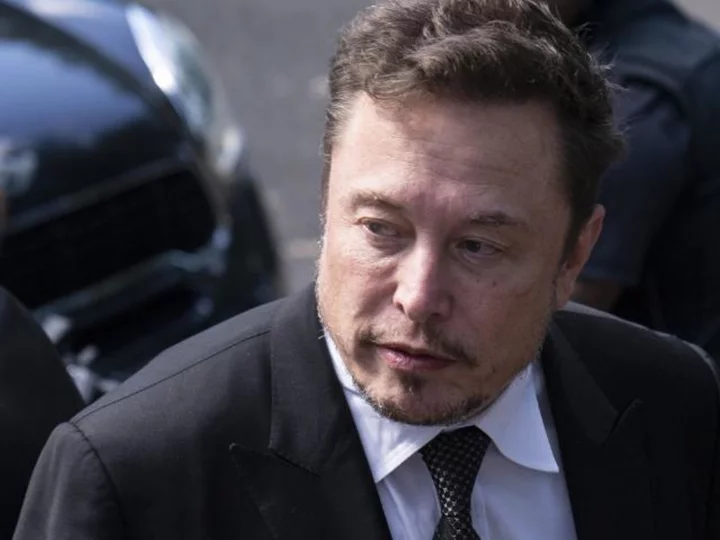
Elon Musk's X is testing an annual fee for unverified accounts
After Elon Musk hinted last month that X could start charging all users, the company (formerly known as Twitter) announced a test of such a system.
2023-10-18 08:48

Emissions Tied to Asset Owners’ Financing Activities Fall for First Time
A $9.5 trillion investor group that includes Allianz SE, Legal & General Plc and the California Public Employees’
2023-10-18 06:01
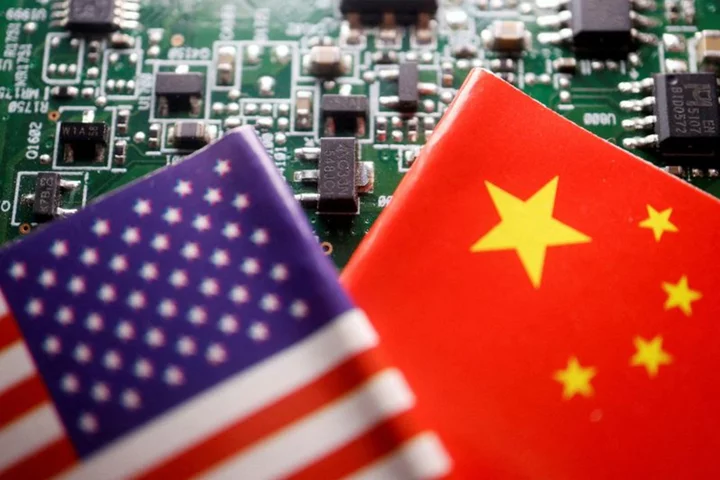
Factbox-How the US will cut off China from more AI chips
By Stephen Nellis The Biden administration on Tuesday issued a sweeping update to restrictions on exporting advanced artificial
2023-10-18 02:56
You Might Like...
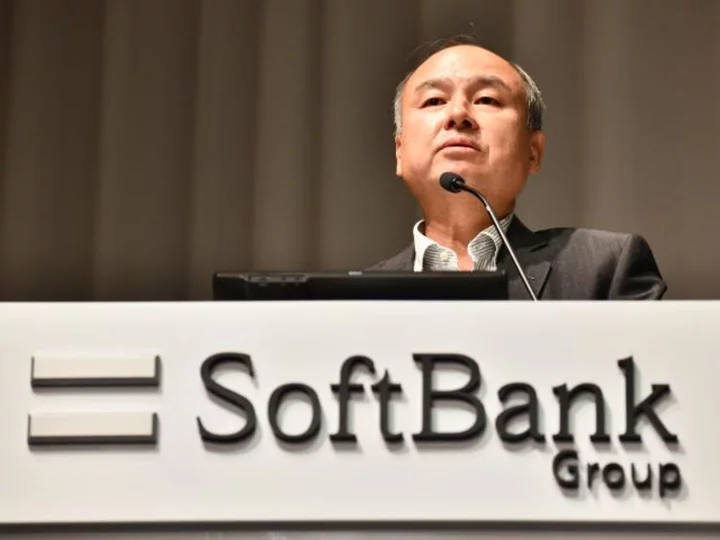
Arm's mega IPO could be just around the corner, a year after the biggest chip deal in history fell apart

This $20 course bundle shows you how to use Excel like a pro

Trump, DeSantis among 2024 GOP hopefuls set to appear at Moms for Liberty gathering
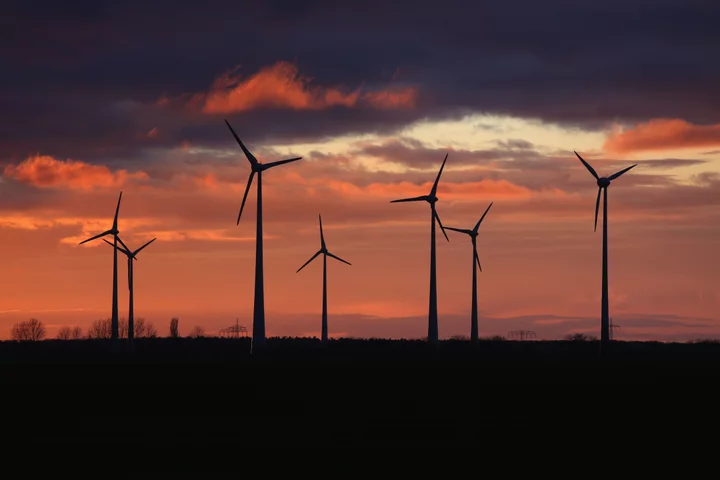
CEOs Urge EU to Clear Red Tape Bogging Down Bloc’s Green Shift
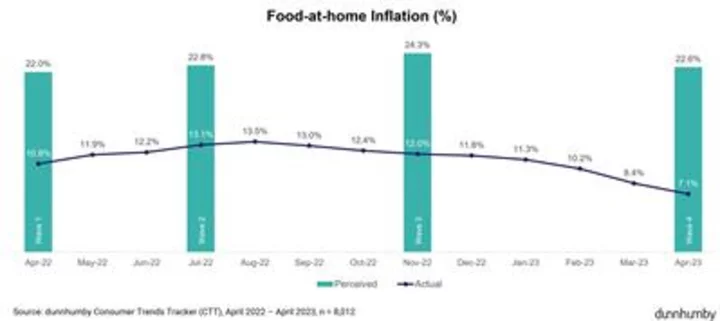
Thirty-six Percent of U.S. Families Skipped Meals for Financial Reasons, dunnhumby Study Finds

Google at 25: CEO says he wants to make people ‘shrug’ and reveals importance of lobsters to search engine

The Hidden Link Between 'Succession' and David Fincher's 'The Game'

San Francisco's complaint against Twitter says flashing 'X' sign put up without a permit
